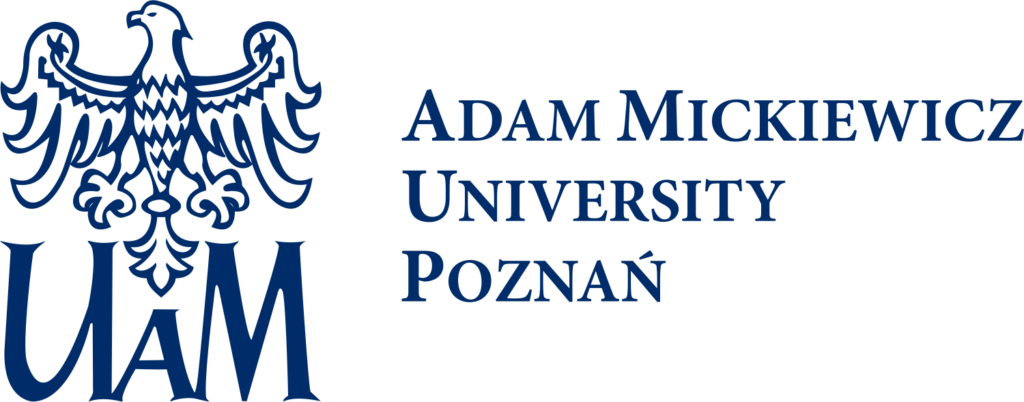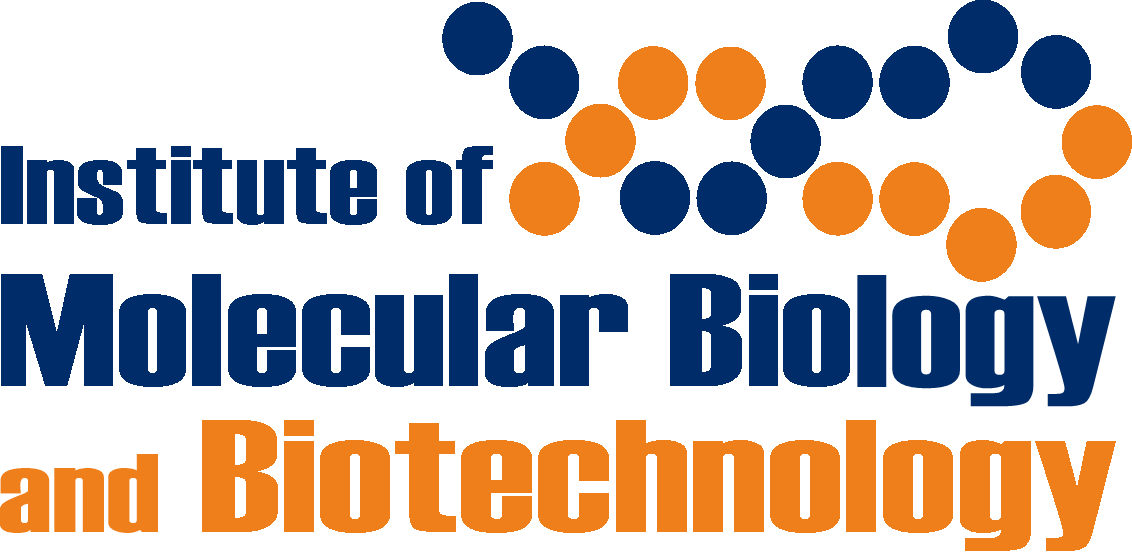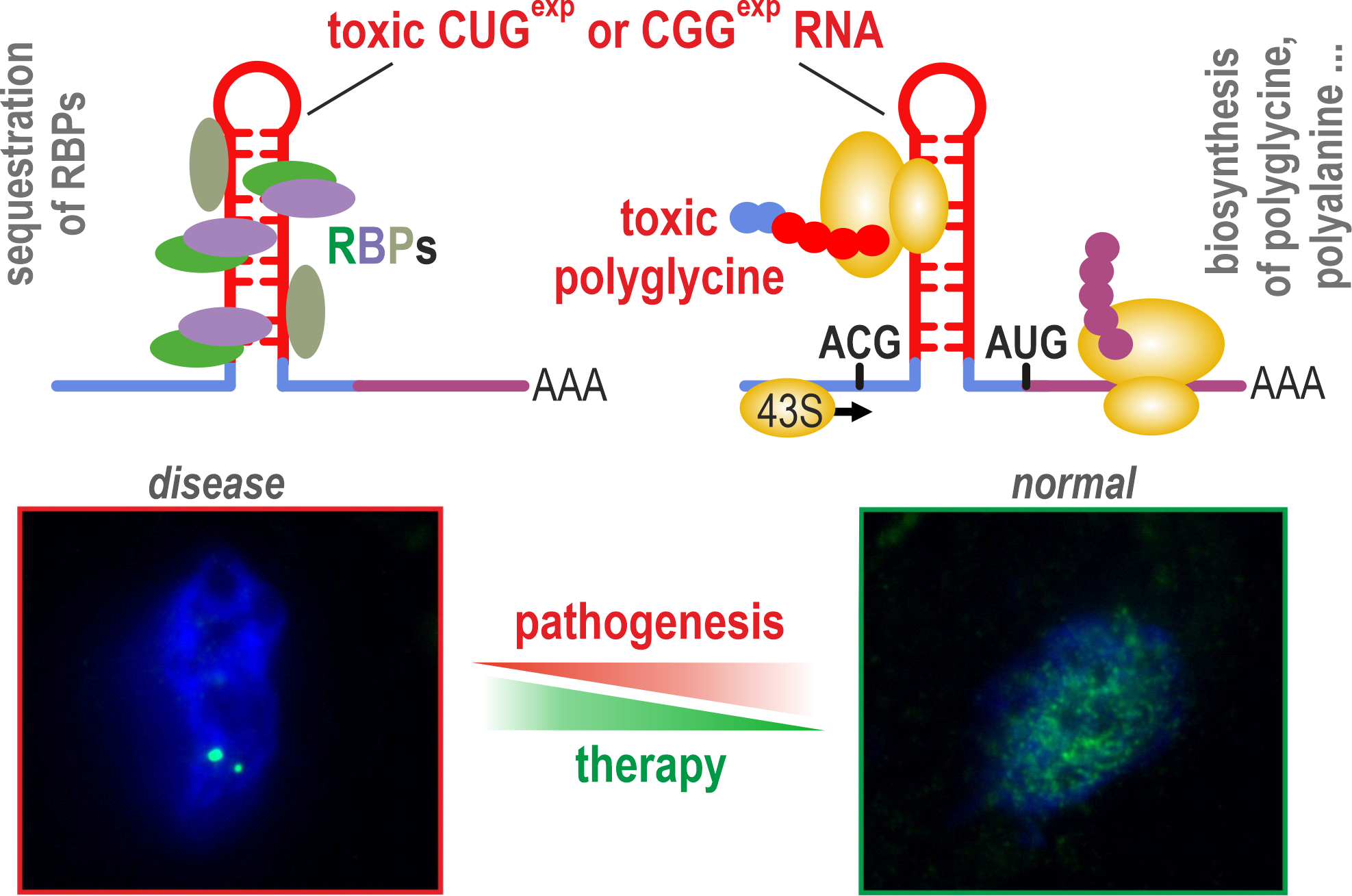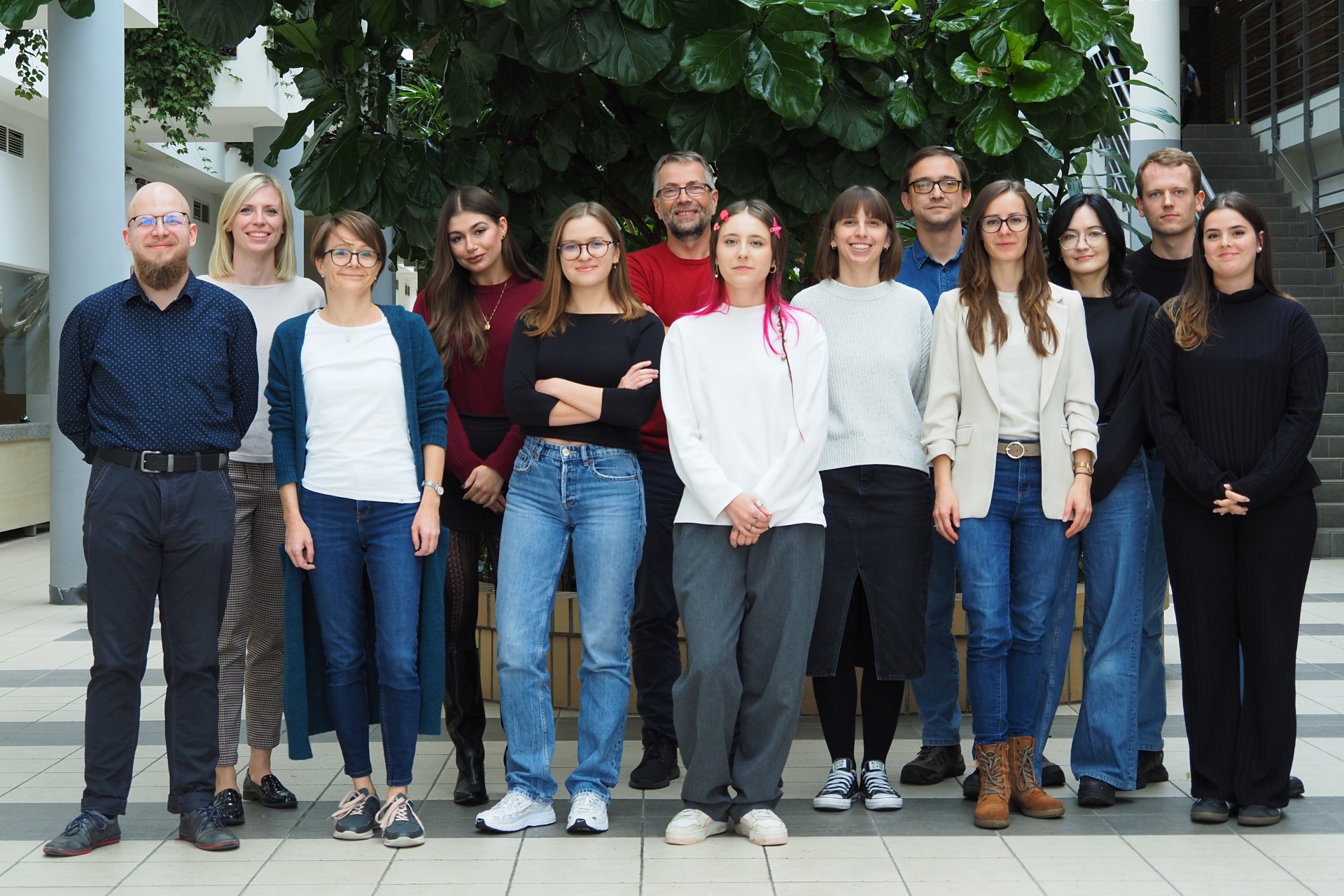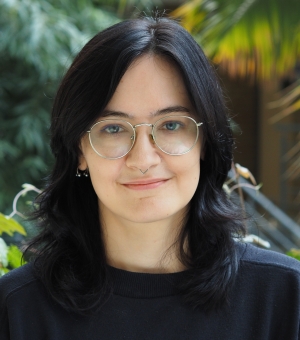Home > Structure > Department of Gene Expression > Gene Therapy
Gene Therapy
The main goal of our research is to understand the mechanisms of RNA toxicity in human neurological diseases – expanded trinucleotide repeats as drivers of pathogenic protein sequestration and noncanonical translation.

Prof. Krzysztof Sobczak
Principal Investigator
Research
Our research focuses on the biology and pathology of various RNA molecules. We are studying the molecular pathomechanism of neurodegenerative and neuro-muscular diseases caused by expansion of trinucleotide repeats – myotonic dystrophies (CUG repeats; CUGexp) and fragile X-associated syndromes (CGGexp), in which the pathogenic interaction of mutant RNAs with different proteins induce disease development.
The main goal of our research is to (i) characterize proteins interacting with toxic RNAs, (ii) understand the mechanism of RNA toxicity in nucleus and cytoplasm and (iii) develop effective therapeutic strategies targeting mutant RNA with expanded repeats using antisense oligonucleotides and small compounds. We are studying the consequences of RNA toxicity: abnormalities in alternative splicing and polyadenylation, changes in microtranscriptome, and gene expression. We also examine mechanisms of biosynthesis and aggregation of protein products of untypical translation.
Our research approaches are based on transcriptomics and proteomics combined with molecular biology, biochemistry and different imaging technics including confocal and super-resolution microscopy. We are using different cellular and animal models of the diseases.
Selected publications
- Sustainable recovery of MBNL activity in autoregulatory feedback loop Rogalska Z., Sobczak K. Molecular Therapy – Nucleic Acids 2022, https://doi:10.1016/j.omtn.2022.10.023
- Cyclic mismatch binding ligands interact with disease-associated CGG trinucleotide repeats in RNA and suppress their translation Konieczny P.; Mukherjee S.; Stepniak-Konieczna E.; Taylor K.; Niewiadomska D.; Piasecka A.; Walczak A.; Baud A.; Dohno C.; Nakatani K.; Sobczak K. Nucleic Acids Res. 2021, https://doi:10.1093/nar/gkab669
- Short antisense oligonucleotides alleviate the pleiotropic toxicity of RNA harboring expanded CGG repeats. Derbis M., Kul E., Niewiadomska D., Sekrecki M., Piasecka A., Taylor K., Hukema R.K., Stork O., Sobczak K. Nature Communications 2021, https://doi:10.1038/s41467-021-21021-w
- AON-induced splice-switching and DMPK pre-mRNA degradation as potential therapeutic approaches for Myotonic Dystrophy type 1. Stepniak-Konieczna E., Konieczny P., Cywoniuk P., Dluzewska J., Sobczak K. Nucleic Acids Res. 2020; https://doi:10.1093/nar/gkaa007
- MBNL splicing activity depends on RNA binding site structural context. Taylor K., Sznajder L.J., Cywoniuk P., Thomas J.D., Swanson M.S., Sobczak K. Nucleic Acids Res. 2018, https://doi:10.1093/nar/gky565
- Autoregulation of MBNL1 function by exon 1 exclusion from MBNL1 transcript. Konieczny P., Stepniak-Konieczna E., Taylor K., Sznajder L.J., Sobczak K. Nucleic Acids Res. 2017, https://doi:10.1093/nar/gkw1158
- Mechanistic determinants of MBNL activity. Sznajder Ł.J., Michalak M., Taylor K., Cywoniuk P., Kabza M., Wojtkowiak-Szlachcic A., Matłoka M., Konieczny P., Sobczak K. Nucleic Acids Res. 2016, https://doi:10.1093/nar/gkw915
- Short Antisense Locked Nucleic Acids (all-LNAs) Correct Alternative Splicing Abnormalities in Myotonic Dystrophy Wojtkowiak-Szlachcic A., Taylor K., Stepniak-Konieczna E., Sznajder L.J., Mykowska A., Sroka J., Thornton C.A., Sobczak K. Nucleic Acids Res. 2015, https://doi:10.1093/nar/gkv163
- Loss of MBNL Function Leads to Disruption of Developmentally Regulated Alternative Polyadenylation in RNA-Mediated Disease. Batra R., Charizanis K., Manchanda M., Mohan A., Li M., Finn D.J., Goodwin M., Zhang C., Sobczak K., Thornton C.A., Swanson M.S. Mol Cell. 2014, https://doi:10.1016/j.molcel.2014.08.027
- RNA Interference Targeting CUG Repeats in a Mouse Model of Myotonic Dystrophy. Sobczak K., Wheeler T.M., Wang W., Thornton C.A. Molecular Therapy 2013, https://doi:10.1038/mt.2012.222
More publications in PubMed.
Research grants
- Title: Antisense technologies in therapy of Myotonic Dystrophy.
Polish Ministry of Science and Higher Education N302-260938 (OPUS): 2010-2013 (budget ~154 000 EUR).
PI: dr hab. Krzysztof Sobczak. - Title: High throughput determination of RNA targets for MBNL1 splicing factor – Implication for myotonic dystrophy.
Polish National Science Center UMO-2011/01/B/NZ1/01603 (OPUS): 2011-2014 (budget ~145 000 EUR).
PI: dr hab. Krzysztof Sobczak. - Title: Molecular pathomechanism and RNA interference-based therapy of myotonic dystrophy.
Foundation for Polish Science TEAM/2011-7/10 (TEAM): 2011-2015 (budget ~544 000 EUR).
PI: prof. UAM dr hab. Krzysztof Sobczak. - Title: The role of MBNL proteins in mRNA metabolism.
Polish National Science Center UMO-2014/12/T/NZ2/00516 (ETIUDA): 2014-2015 (budget ~23 000 EUR).
PI: mgr Łukasz Jakub Sznajder. - Title: Preclinical approaches towards therapeutic intervention for fragile X-associated tremor ataxia syndrome (FXTAS).
The National Centre for Research and Development ERA-NET-E-Rare-2/III/DRUG_FXSPREMUT/01/2016 (Horyzon 2020–ERA-NET-E-Rare): 2015-2018 (budget ~292 000 EUR).
PI: prof. UAM dr hab. Krzysztof Sobczak. - Title: Mechanisms of microRNA activity and expression changes in myotonic dystrophy.
Polish National Science Center UMO-2014/15/B/NZ2/02453 (OPUS): 2015-2018 (budget ~376 000 EUR).
PI: prof. UAM dr hab. Krzysztof Sobczak. - Title: Mechanism of alternative splicing regulation by MBNL proteins.
Polish National Science Center UMO-2017/24/C/NZ1/00112 (SONATINA): 2017-2020 (budget ~232 000 EUR).
PI: dr Katarzyna Taylor. - Title: Pathogenesis driven by RNAs with expansion of trinucleotide repeats: mechanisms and therapeutic strategies.
Foundation for Polish Science POIR.04.04.00-00-5C0C/17-00 (TEAM): 2018-2022 (budget ~810 000 EUR).
PI: UAM dr hab. Krzysztof Sobczak. - Title: What drives the RAN translation and why do we get neurodegenerative disease when it goes wrong? – Prot-RAN.
European Union 101003385 (Horizon 2020–MSCA-Postdoctoral Fellowships): 2020-2023 (budget 149 600 EUR).
PI: prof. UAM dr hab. Krzysztof Sobczak; fellow: dr Anna Baud. - Title: Prot-RAN: What drives the RAN translation?
Polish National Science Center UMO-2019/35/D/NZ2/02158 (SONATA): 2020-2024 (budget ~305 000 EUR).
PI: dr Anna Baud. - Title: Mechanism of splicing of MBNL1 transcript and its implications for potential therapeutic strategies for myotonic dystrophy.
Polish National Science Center UMO-2020/39/D/NZ3/01658 (SONATA): 2021-2024 (budget ~332 000 EUR).
PI: dr Katarzyna Taylor. - Title: Toxic RNA with expanded trinucleotide repeats: pathomechanism and therapeutic targets of neurological diseases.
Polish National Science Center UMO-2020/38/A/NZ3/00498 (MAESTRO): 2021-2026 (budget ~1 001 000 EUR).
PI: prof. dr hab. Krzysztof Sobczak.
Current group members

Prof. Krzysztof Sobczak
principal investigator
more…

Anna Baud, PhD, Eng.
postdoc
more…

Izabela Broniarek, PhD
postdoc
more…

Adam Ciesiołka, PhD
postdoc
more…

Agnieszka Piasecka, PhD
postdoc
more…

Katarzyna Taylor, PhD
postdoc
more…

Daria Niewiadomska, PhD
postdoc
more…

Michał Antkowiak, PhD
postdoc
more…
